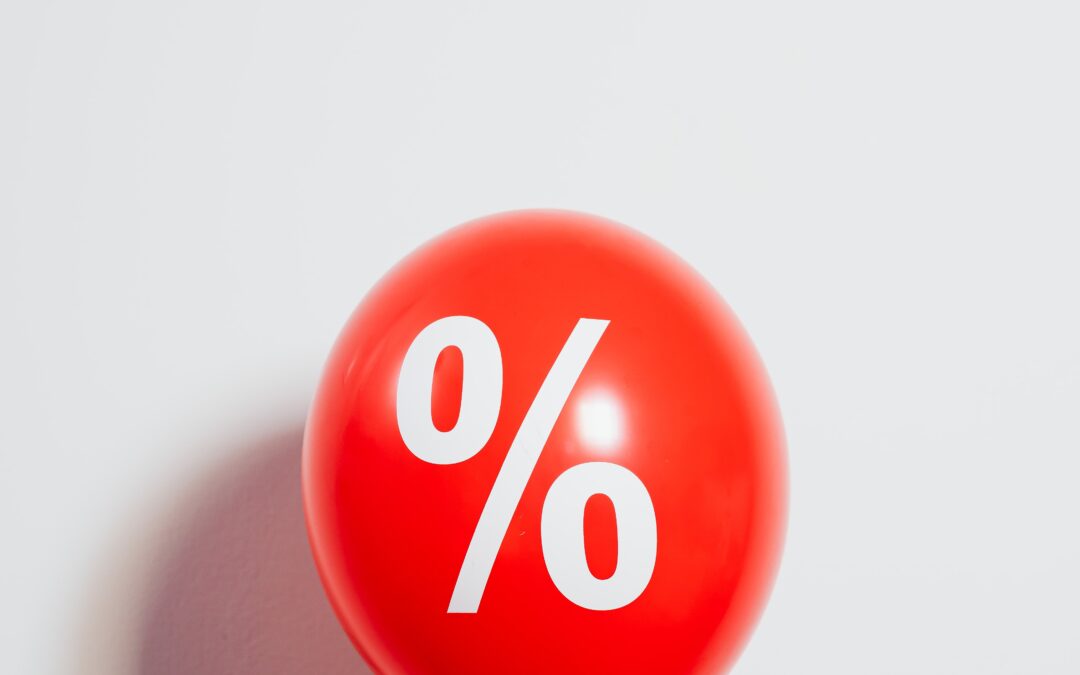After decades of decline, real interest rates have increased in many countries following the pandemic. This is mainly due to recent monetary policy tightening. The extensive IMF report from 10th April 2023 with baseline simulation suggests that recent increases in real interest rates are likely to be temporary. Central banks are likely to ease monetary policy and bring real interest rates back towards pre-pandemic levels once inflation is brought under control. This report was mentioned to be essential in order to predict pricing of assets (real estate included).
How long until the rates will be low again?
Unfortunately, it is impossible to answer in definite period of time. Once inflation is brought back to target over the coming years, which may require a protracted period of higher interest rates. So do not expect the rates to be lowered dramatically on short term. The implication for monetary policy seems clear: Long-term forces suggest that natural rates will remain low. As a result, monetary institutions may have to resort to the same strategies they employed in the decade before the pandemic what includes low interest rates.
The underlying reasons and motivation to lower the interest rates remain unchanged. However, the outlook for the simulated scenario of lowering the rates is uncertain. There are alternative scenarios as many shocks could change the natural rate to depart from the baseline simulation.
The reasons why the rates would develop differently then simulated
There are 5 main events mentioned by the IMF that might create a shock and impact the simulated prediction.
Higher government debt
As households struggle to keep up with rising energy expenses and the ongoing impact of the pandemic, governments may opt to provide greater financial assistance. Allowing public debt to increase would increase demand for private savings and lift the rate.
Higher borrowing costs for government
If investors were to perceive advanced economies’ government debt as less safe and less liquid than in the past, then the premium they pay for holding this particular type of asset would erode as portfolios are rebalanced. This decline in the convenience yield would bring up natural rates.
Higher labor shares
As workers’ bargaining power continues to improve following the post-pandemic transformation of the labor market, a return to labor shares prevailing in the mid-1970s in advanced economies would raise the natural rate.
Energy transition
Transitioning to a cleaner and more sustainable global economy by 2050, as laid out in the 2015 Paris Agreement on climate change, would push global natural rates lower in the medium term.
Deglobalization
With increasing geopolitical tensions, the risk of some form of international trade fragmentation higher trade barriers, sanctions, and the likeis elevated. Lower international trade would push down global output and desired investment. The effect on the natural rate would vary across regions, so could increase or decrease the rates, reflecting the shortening of global value chains.
Did you find this article interesting and do you have any questions whether it is a good time for you to buy a property right now? Do not hesitate to contact us!
